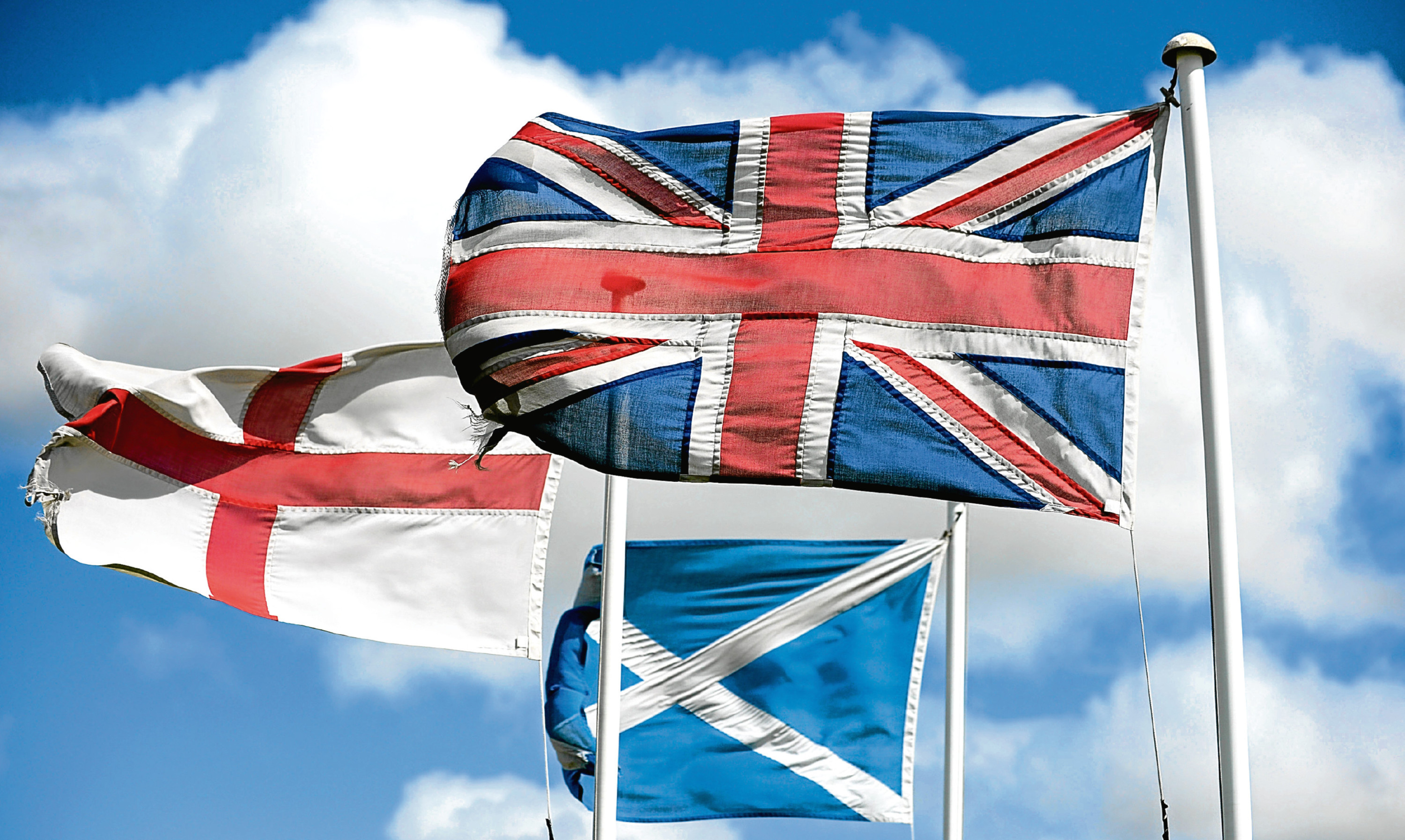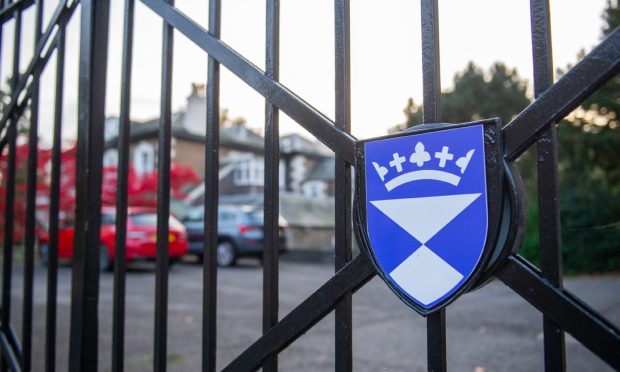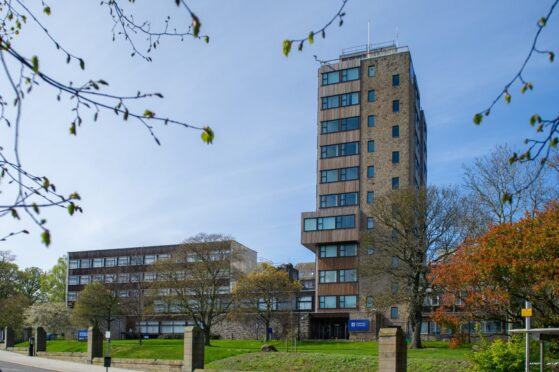Immigrants will be offered tax breaks to attract top talent to Scotland, under the SNP’s independence plan.
Highly-skilled workers from abroad would pay less in income tax than existing residents to help them with moving costs, the Growth Commission will propose on Friday.
It is part of a “Come to Scotland” package designed to boost wealth by increasing the country’s 5.4 million population.
A briefing from the party revealed Friday’s report will be “exploring ‘transition relief’ for highly skilled migrant workers to offset defined costs associated with moving to Scotland against income tax”.
That policy is designed “to attract the best and brightest talent”, the report said.
The 354-page document promises an independent Scotland’s visa system would be the “most efficient and easy to use in the world”.
An extra 5,000 international students would stay in Scotland after graduation every year, under an SNP retention bid they say would deliver a £1.5bn annual boon within a decade.
Former SNP MSP Andrew Wilson, the chairman of the Growth Commission, said: “We have a great opportunity for Scotland to strike a completely different tone on a vitally important area of economic policy – how we attract talent to our country.
“For the next 25 years all of Scotland’s projected population growth is expected to come from migration.
“Under current UK policy there is a real danger that the working population in Scotland could fall – meaning fewer people creating wealth, jobs and contributing to our NHS.
“Growing our working population and, through it, our economy is perhaps the greatest national challenge we have – and is made even more urgent by Brexit and the threat it poses to our working age population.”
Murdo Fraser, for the Scottish Conservatives, said the tax plan for immigrants showed how wrong Nicola Sturgeon was to raise it for Scots in April.
“It appears the SNP is finally admitting that high taxes do indeed put people off from coming to Scotland,” the Perthshire-based MSP said.
“In that case, why has it imposed the highest taxes on us right now?
“Of course we want to attract the best and brightest to come and live and work in Scotland.
“But you don’t do that with high taxes and you don’t do it by trying to tear up the UK.”
The report, called Scotland: the New Case for Optimism, is due out on Friday morning.
It will also say economic output would increase by £4,100 per person if an independent Scotland managed to emulate the successes of small countries like Denmark and New Zealand.










